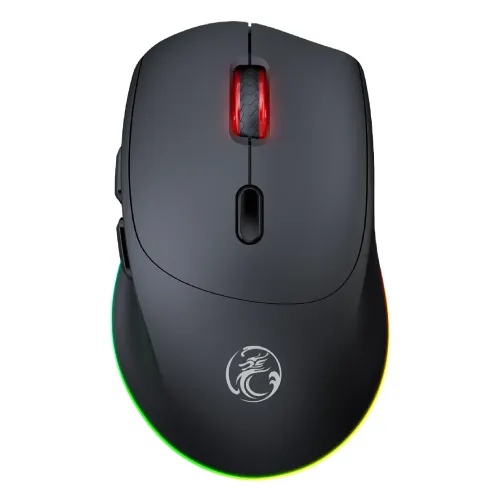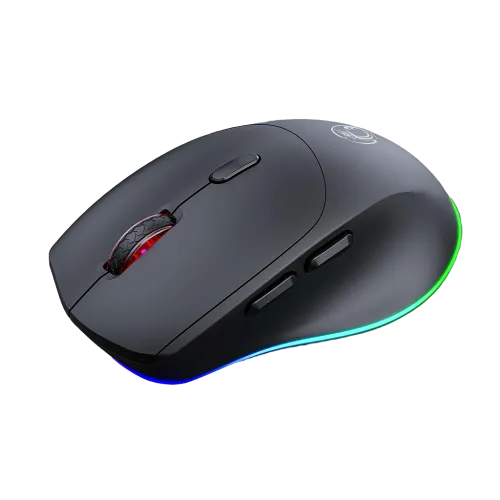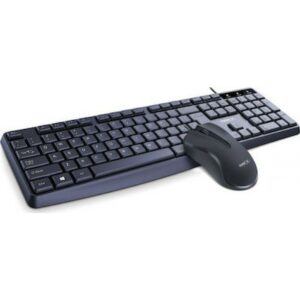Key Features of Wireless Mice
The significance of a wireless mouse extends beyond its ability to operate without cables; it encompasses various specifications and features that cater to diverse user requirements. One of the fundamental aspects to consider is the connection type. Wireless mice generally utilize either Bluetooth or a 2.4 GHz radio frequency connection, each offering unique benefits. Bluetooth connectivity allows for a more straightforward pairing process, often eliminating the need for a USB receiver, while 2.4 GHz connections can provide more reliable performance with reduced latency, making them particularly favorable for gaming scenarios.
Another crucial specification is the resolution, commonly measured in dots per inch (DPI). Wireless mice typically feature various DPI settings, with 800, 1200, and 1600 DPI being the most prevalent. A higher DPI provides greater sensitivity, enabling faster cursor movement and precise tracking on monitors with higher resolutions. Users engaged in graphic design or gaming often prefer higher DPI settings for increased accuracy, while everyday users may find that a standard DPI suffices for general tasks.
Compatibility with operating systems is also an essential feature that influences user experience. Most wireless mice are designed to work with a range of platforms, including Windows, Vista, and Mac OS, enhancing their versatility. This compatibility ensures that users can seamlessly transition between devices without the need for additional drivers or software installations.
Moreover, additional features such as programmable buttons and ergonomic designs can significantly enhance functionality and comfort. Programmable buttons allow users to customize commands for frequently used functions, thereby improving productivity. Ergonomic designs contribute to a more comfortable user experience, reducing strain during prolonged use. Overall, understanding these key features can assist users in selecting a wireless mouse that aligns with their specific needs, whether for gaming, professional tasks, or casual browsing.
Physical Specifications and Warranty Information
The physical specifications of a wireless mouse inherently contribute to its overall usability and portability. Common dimensions for many wireless mice, such as 112 x 70 x 42 mm, are designed to provide a comfortable grip for a variety of hand sizes while also being sufficiently compact for ease of transport. A mouse that fits comfortably in the user’s hand can significantly improve the overall experience, reducing strain during extended use and enhancing the precision of movements. Factors such as weight, surface texture, and button layout also play critical roles in user satisfaction and performance. Lightweight mice, for example, are often preferred by gamers and those who engage in graphics work, as they facilitate rapid movements and precision tracking.
Another fundamental aspect to consider when purchasing a wireless mouse is warranty information, which is essential for ensuring long-term reliability. A standard warranty period typically lasts one year and serves as a safety net for consumers against potential defects or malfunctions. During this one-year timeframe, buyers are encouraged to evaluate the performance of the device. Should a defect arise, having a warranty allows users to seek repairs or replacements without incurring additional costs.
When assessing warranty terms, it is advisable for consumers to read through the specifics, as policies can vary widely among manufacturers. Some brands offer extensive customer service and even extended warranties, which reflect their confidence in the product’s durability. Overall, understanding the physical specifications and warranty information of wireless mice is paramount when making an informed purchasing decision. These considerations not only enhance functionality but also provide peace of mind concerning product longevity and reliability.







